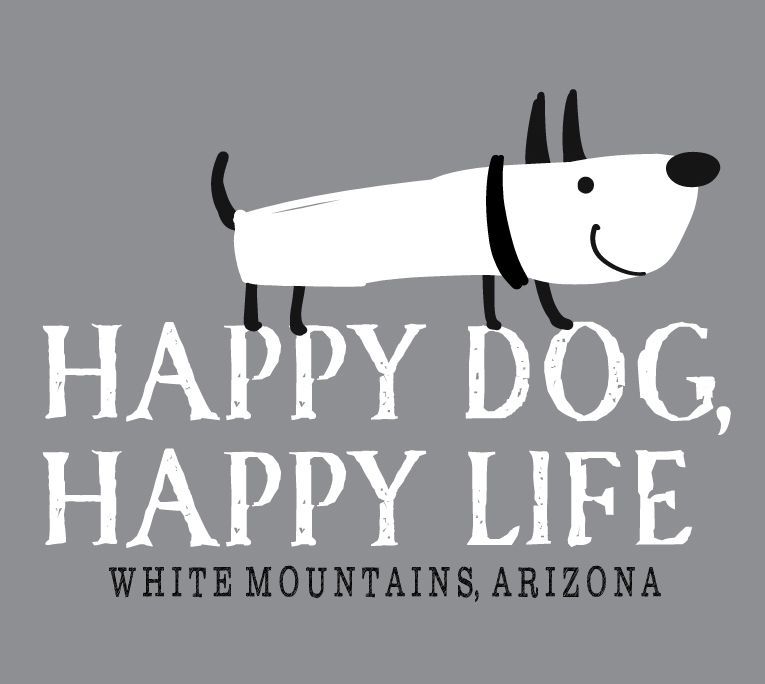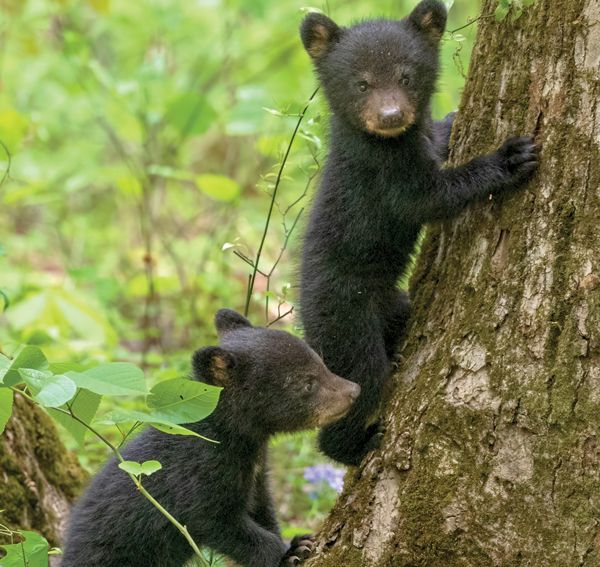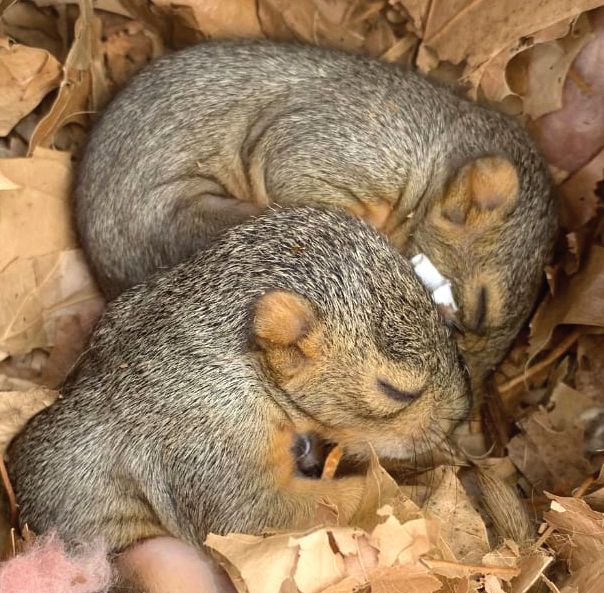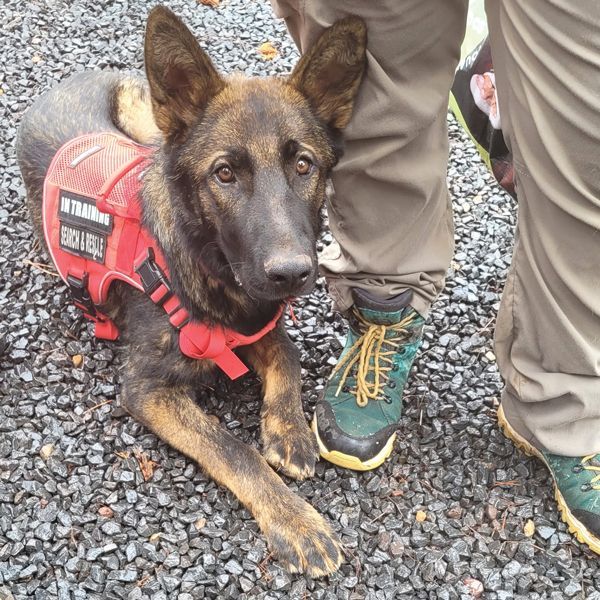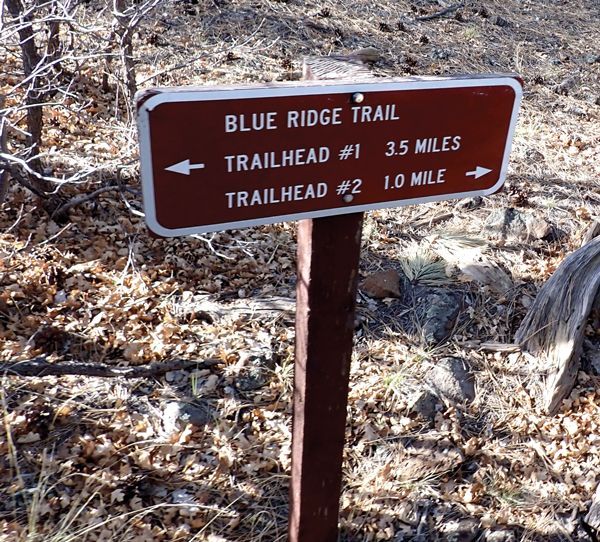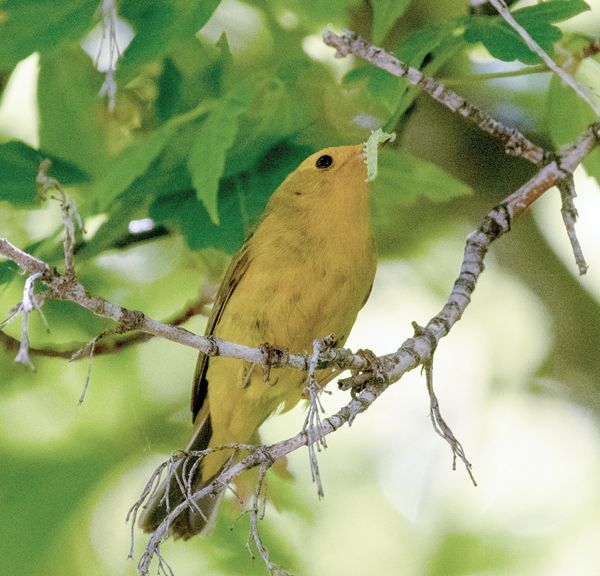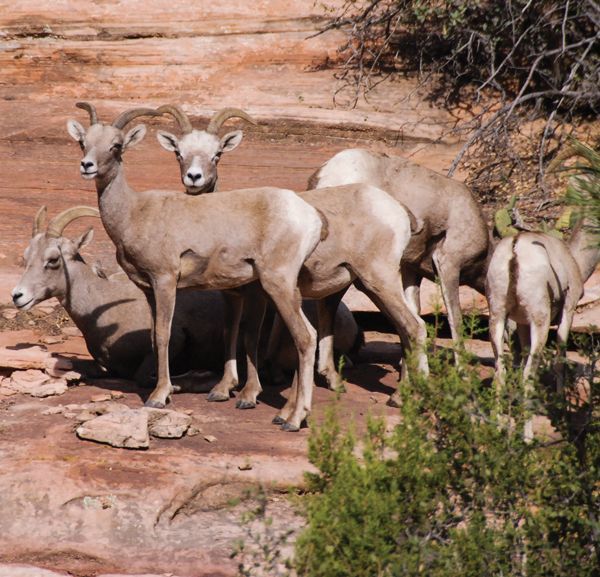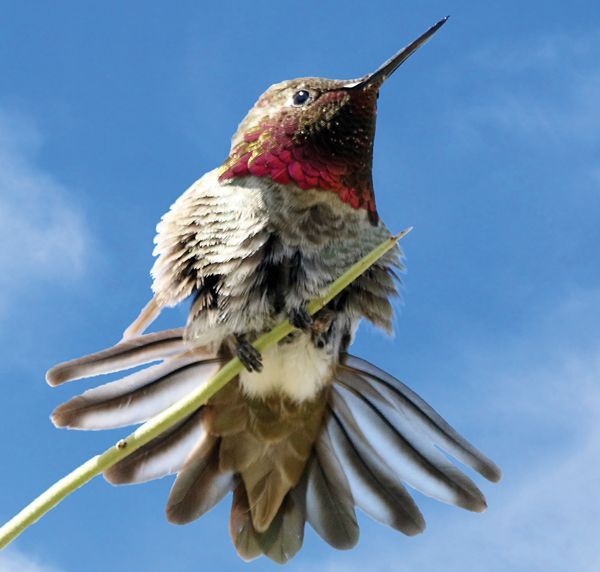New snow reveals animal's daily lives through their tracks

Carol Godwin, Cycle Mania
There is nothing as clean and pure as snow right after a storm. The clear skies add sparkle to the surface crystals, the subzero temperatures add a crisp feel to every breath and tree branches hang low with the weight of combined tiny snowflakes. No matter what else is going on in your life, the magic of a new snowfall makes children of us all and draws us out to play.
The clean slate of new snow that feels deceptively pure from a distance, becomes crowded with signs of life emerging after the storm. It is hard to see the daily and nightly travels of animals without the impossible-to-avoid presence of a blanket of smooth white snow, but today, the morning after the snowfall, tracks run in every direction.
The tracks of larger ungulates are most obvious. The wide dual ovals of elk tracks plow through the snow leaving parallel lines between tracks as the hooves drag. Smaller, sharper deer tracks can be seen along with scraped areas where these ungulates are feeding and bedding. Look closely near these scraped areas and you will see the delicate tracks of mice and wood rats feeding where the larger animals have exposed grasses. Follow these tiny highways, and you will see the daily pathways of these creatures from homes to feeding areas exposed clearly. Rabbit tracks radiate in a spoke pattern from a central woodpile or other resting area. Four-pronged bird tracks show hopping and walking birds searching for feed. Turkeys travel in flocks leaving wide swaths of disturbed snow, both in footprints and foraging scrapes. Coyotes and bobcats, foxes and ringtail cats, all traveling the same pathways they travel each day, now clearly laid out by the disturbed snow crust. Feather prints show where a bird landed and quite often there are single feathers resting on the fresh surface, dropped from a bird flying overhead.
I hike a familiar path nearly daily, and on a normal day, my hike feels solitary and I see little sign of animal life other than the tracks and scat of the larger creatures. On a snowy morning, all the daily business of the forest inhabitants becomes glaringly clear. Most animals use the same paths every day, snow or clear weather, dry dirt or mud. There is a fox that travels my trail every morning before I hike, invisible on a dry day, obvious long line of tracks following the trail on a snowy morning. Elk who bed on the trail nearly invisibly each night, have large hollowed, ice-lined beds right on the trail. Foraging squirrels drop pine-needle clusters which, on a snowy morning, show how busy these characters are every day.
The trail, barely visible to me under the snow as a very slightly depressed trough, is obvious and engrained into the minds of the forest inhabitants. It’s easy to follow the fox tracks and be confident that I am on the same pathway I follow daily in drier weather. Why should I be amazed that these animals use trails? Just as we do, they desire the easiest, most straightforward path from bed to water, moving in search of food in the form of smaller animals following the same pathways or just patrolling a territory as my fox companion has for several years now. The forest is a busy ecosystem, a community of creatures tiny to large, herbivores to carnivores, walkers, hoppers and flyers. We are just visitors in this place, tourists barely scratching the surface of this community.
Next time it snows, get out for a walk and take the time to count how many different types of tracks you can find. Try to unravel the story of where the mice live, see if you can find bark flakes on the snow near a tree trunk showing where a squirrel or ringtail cat scrambled up a tree, follow a set of rabbit tracks to see how far it traveled away from its burrow. Follow a fox and notice where it deviated off the trail to explore smaller tracks and then returns to the trail to continue the daily patrol. Take a deep breath and love where you live. Happy winter!

